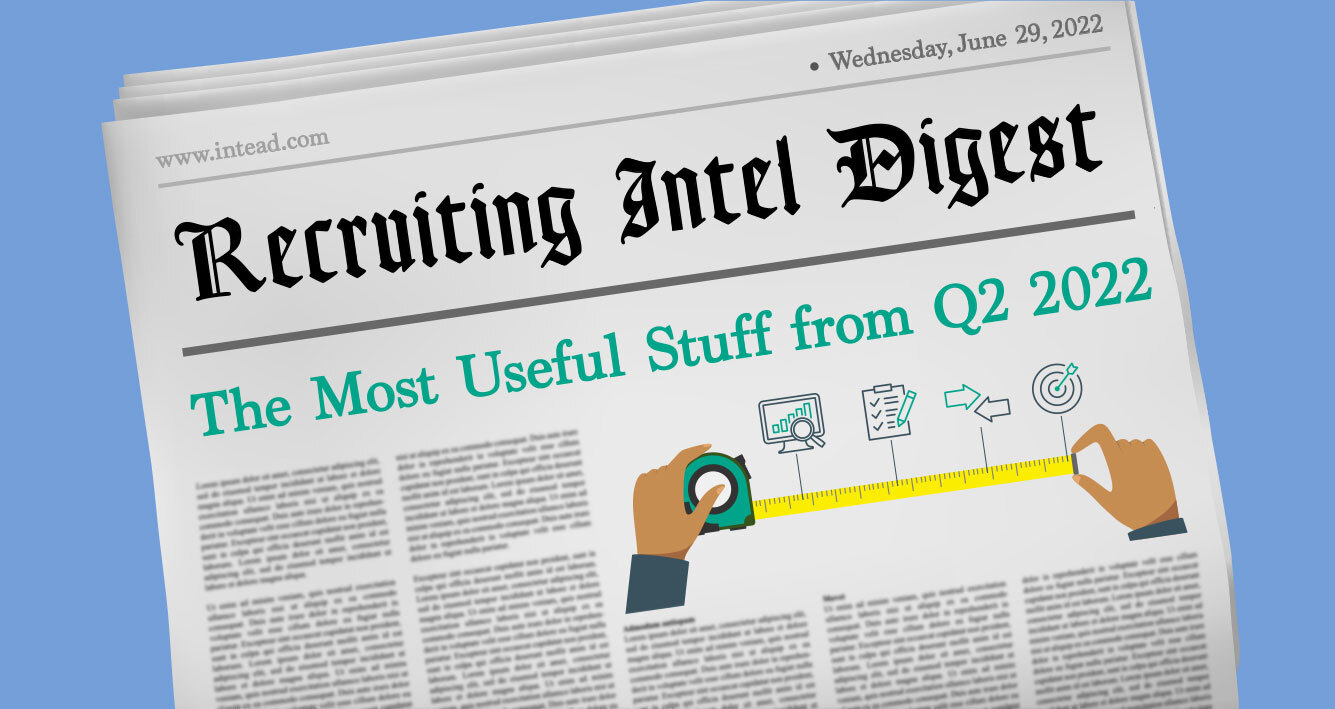Does your institution work hard to develop employer connections?
Due to the pandemic, Intead paused its international student internship program. We are so glad to have it back as we return to the office.
As a rising Junior from Germany studying at UMass Amherst, Klara Lehmann thinks a lot about her future. She jumped at the chance to intern at Intead over the summer break. We were lucky to have her thoughtful and thorough approach to our work.
The level of effort most institutions put into developing career-shaping opportunities for their students typically underwhelms. Students, like Klara, who push for opportunities are far more likely to succeed than those who do not. So many students require additional motivation and support from their institutions to develop skills through internships.
Yet, skills development may not be the most valuable aspect of internships. From what we have seen, the real value is in how students develop an understanding, outside the classroom, of what they would like to develop into, what they would like their future to be. It is all about learning in a different environment. The networking and resume content doesn't hurt, though.
Learn with us:
- Recruiting from Bangladesh: The Intead team will be presenting an AIRC Webinar on Wednesday, October 12, 2022. The process and results of our recent digital campaign recruiting international students for Truman State University will be on full display. Register HERE.
- Global Marketing Strategy & Campaign Analytics: Ben and Iliana will be presenting on a range of marketing strategy and analytics sessions with colleagues from Northeastern University, Clark University, Central Connecticut State University, and University of New Hampshire at the NAFSA Region XI Conference in Manchester, NH, Nov 18-20, 2022. Click HERE to schedule a time to meet us.
Read on for a firsthand look at Klara’s reflections on her internship experience. Consider who, on your team, from career services on up, needs to hear this message. Internship experiences and the student stories you can share with your prospective students will go a long way toward differentiating your institution in a competitive market. Klara’s story makes the case for your institutional investment very clear.
Read More

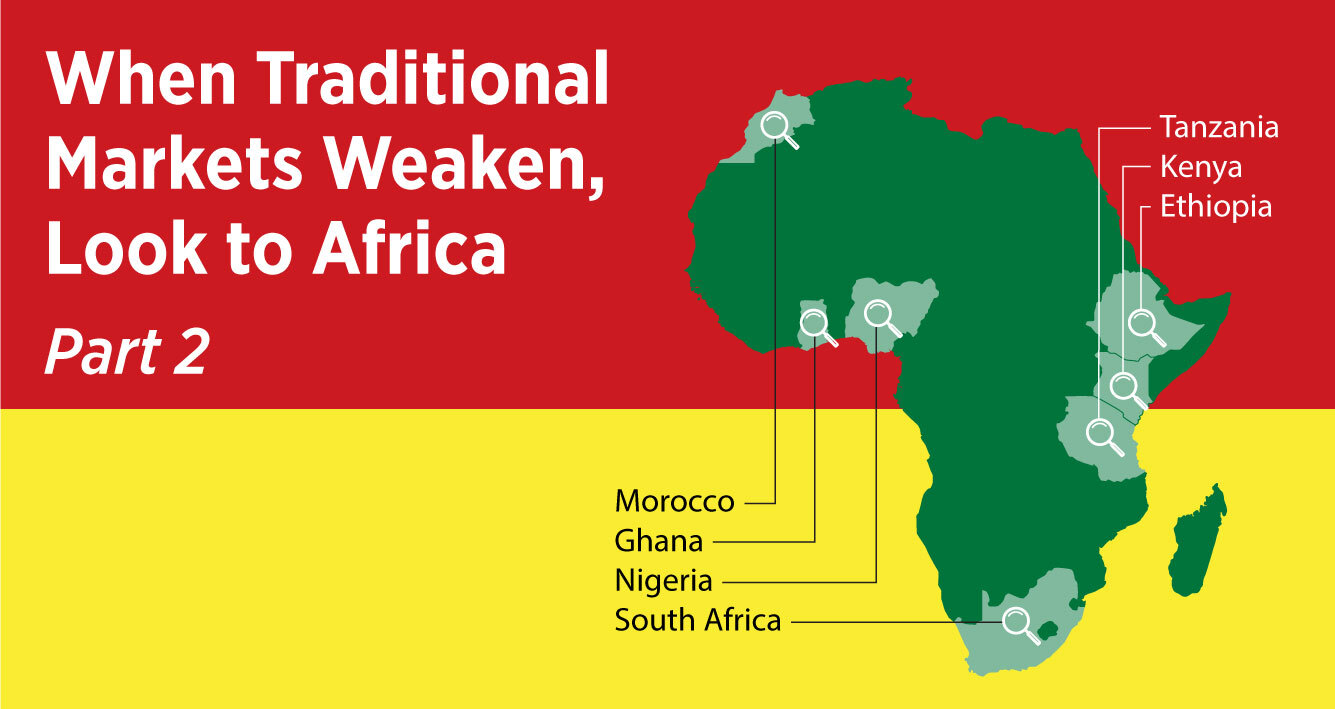
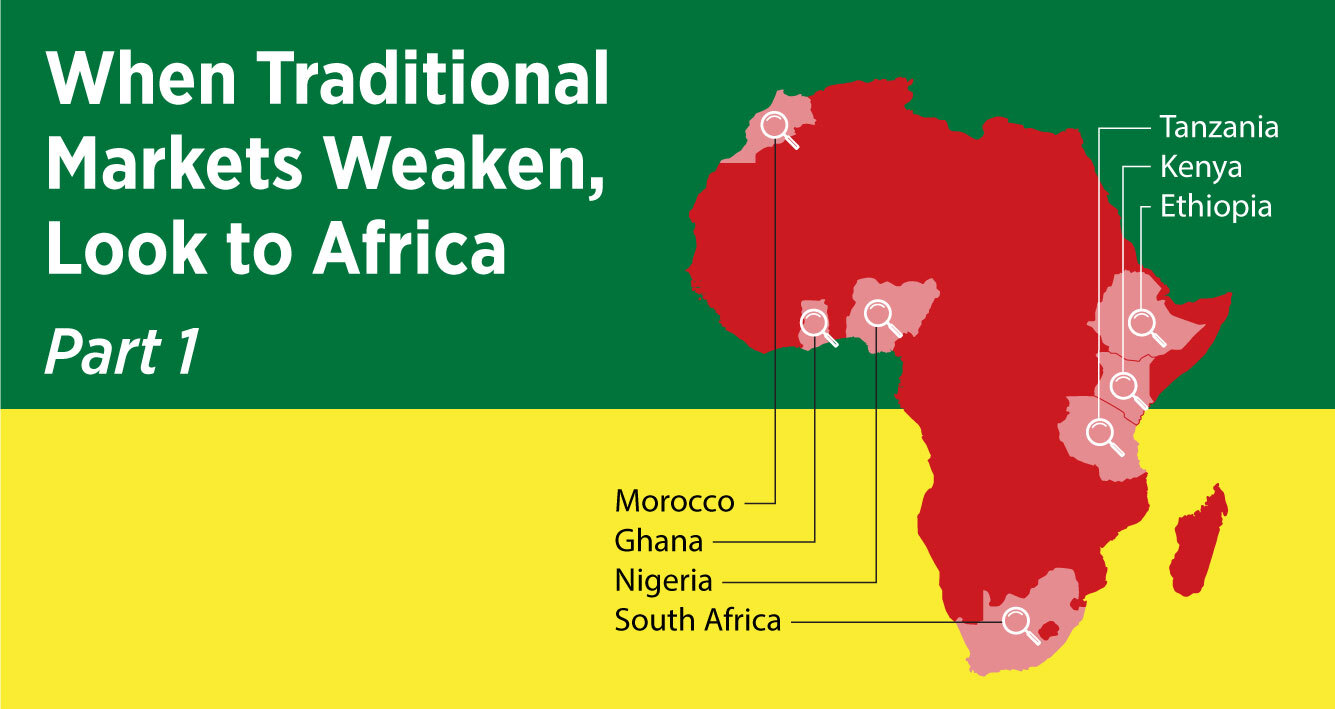

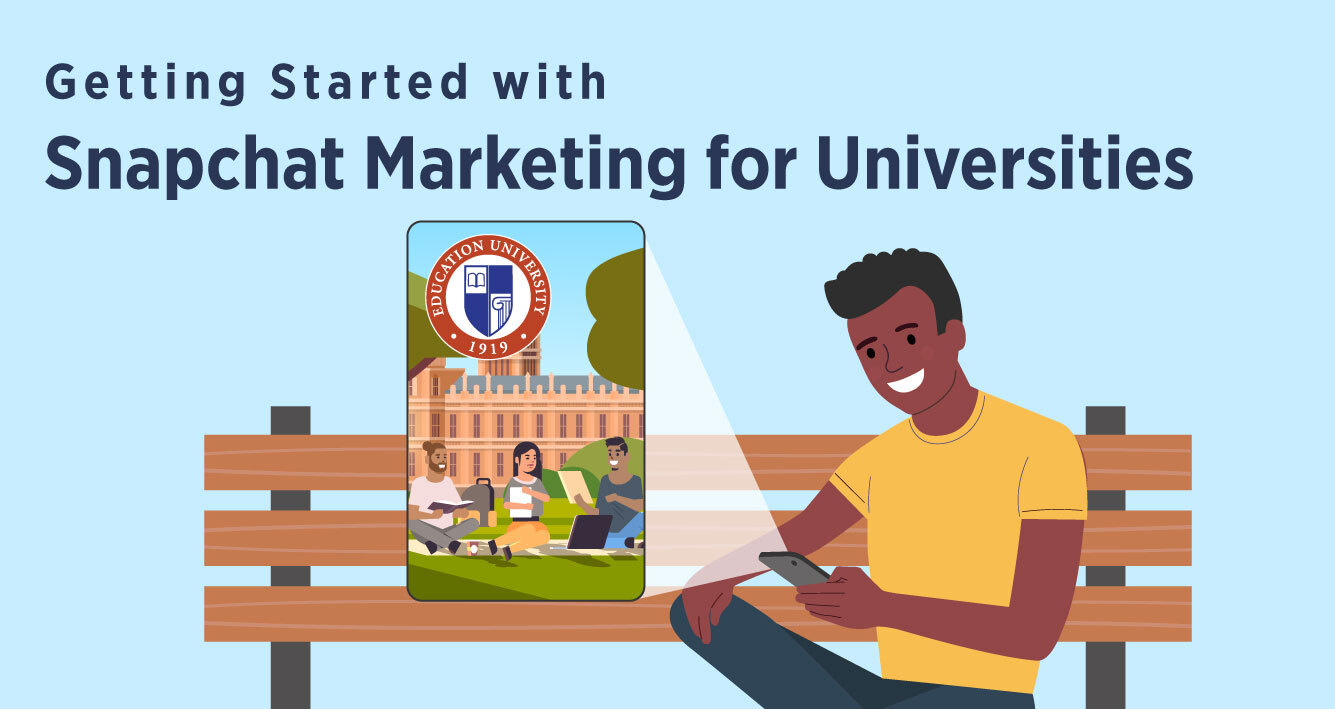
.jpeg)
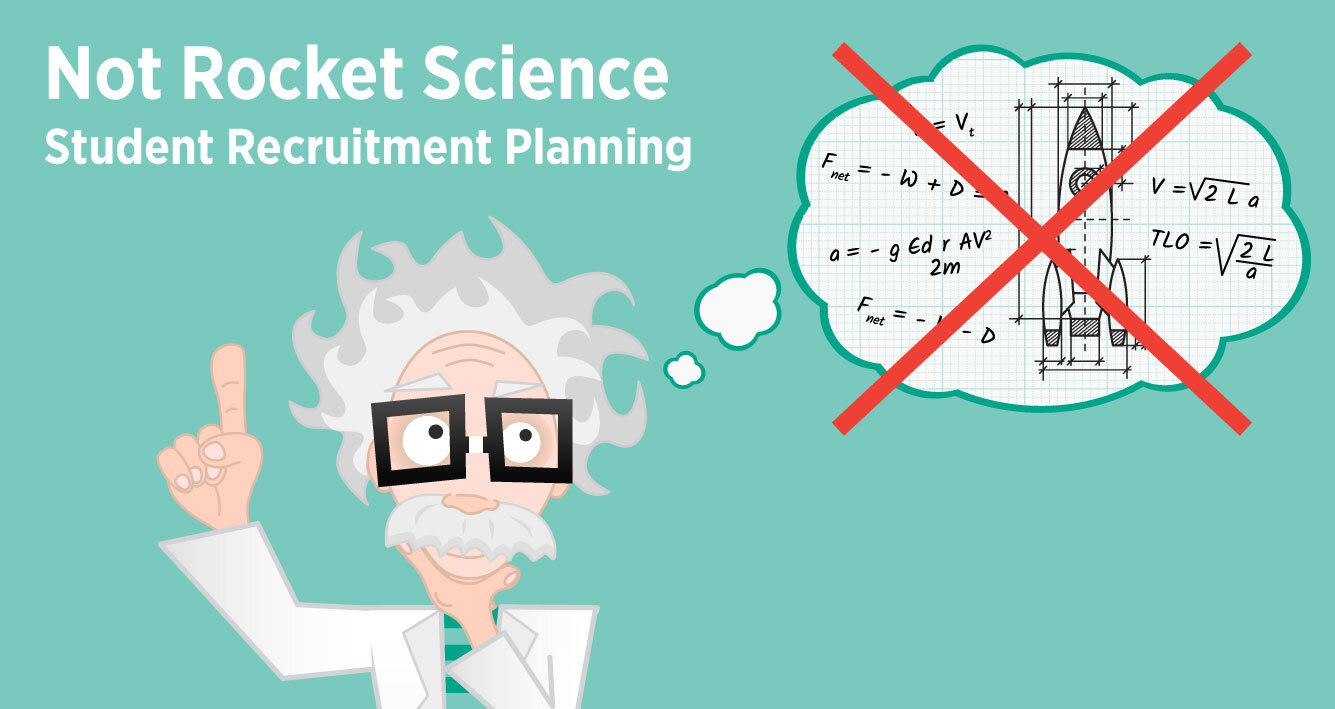
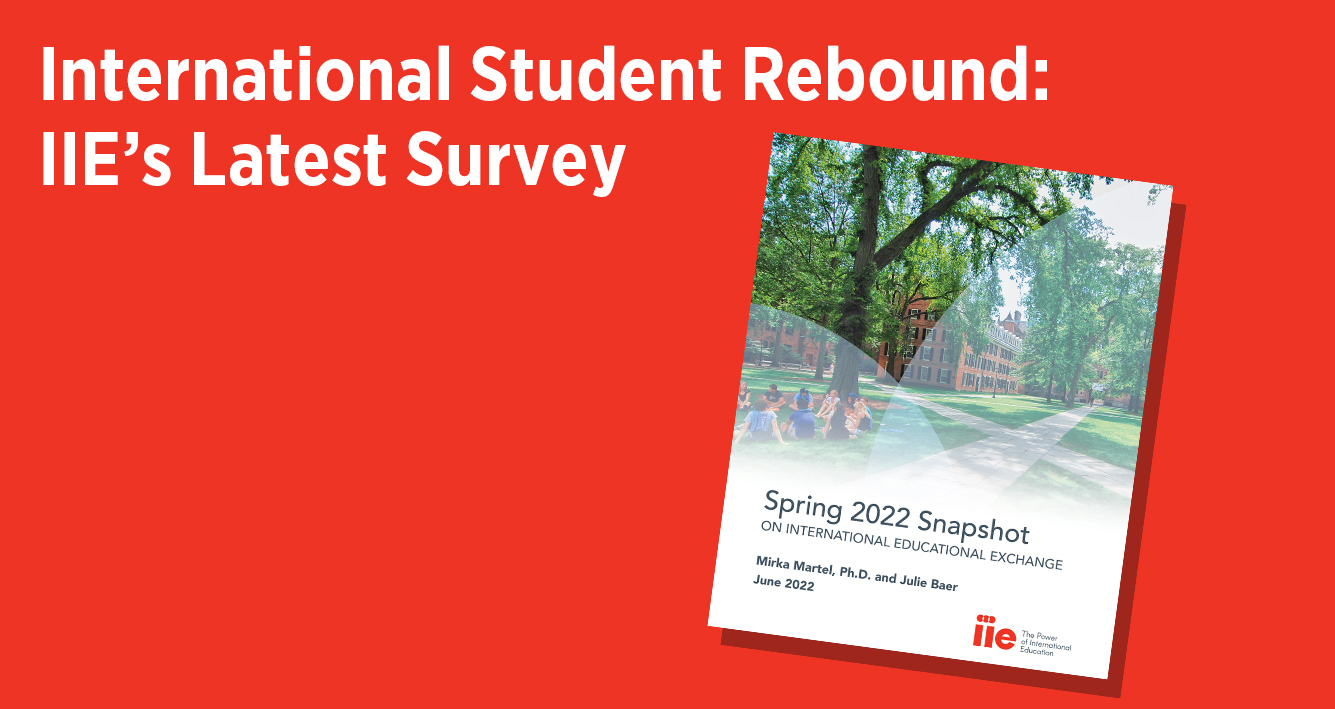
.jpg)
